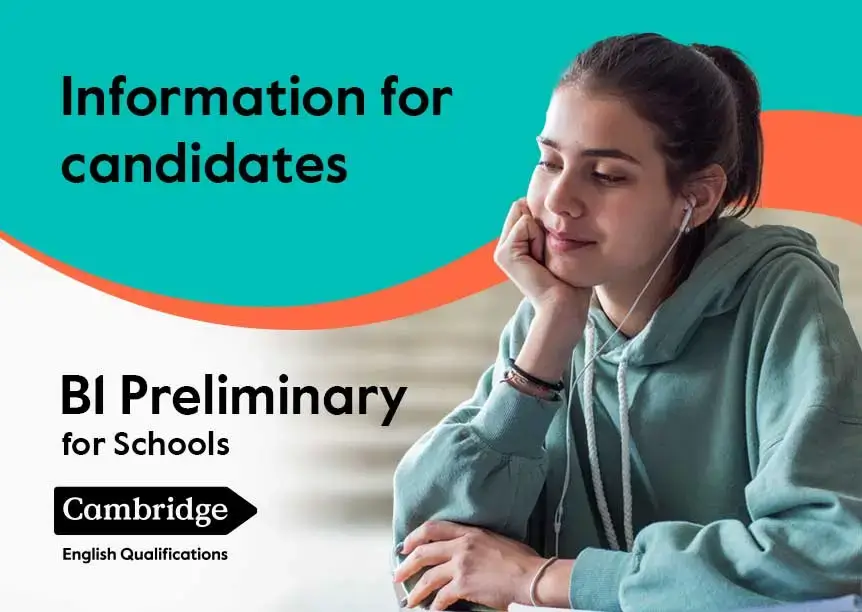The B1 Preliminary for Schools exam, formerly known as Cambridge English: Preliminary for Schools (PET), shows that a student has mastered the basics of English (Reading, Writing, Listening and Speaking) and now has practical language skills for everyday use.
The B1 Preliminary for Schools exam is the logical step in a student’s language learning journey between the A2 Key for Schools exam and the B2 First for Schools.
The B1 Preliminary for Schools exam is targeted at the same CEFR level as B1 Preliminay but with content aimed at school-age learners rather than adults.



